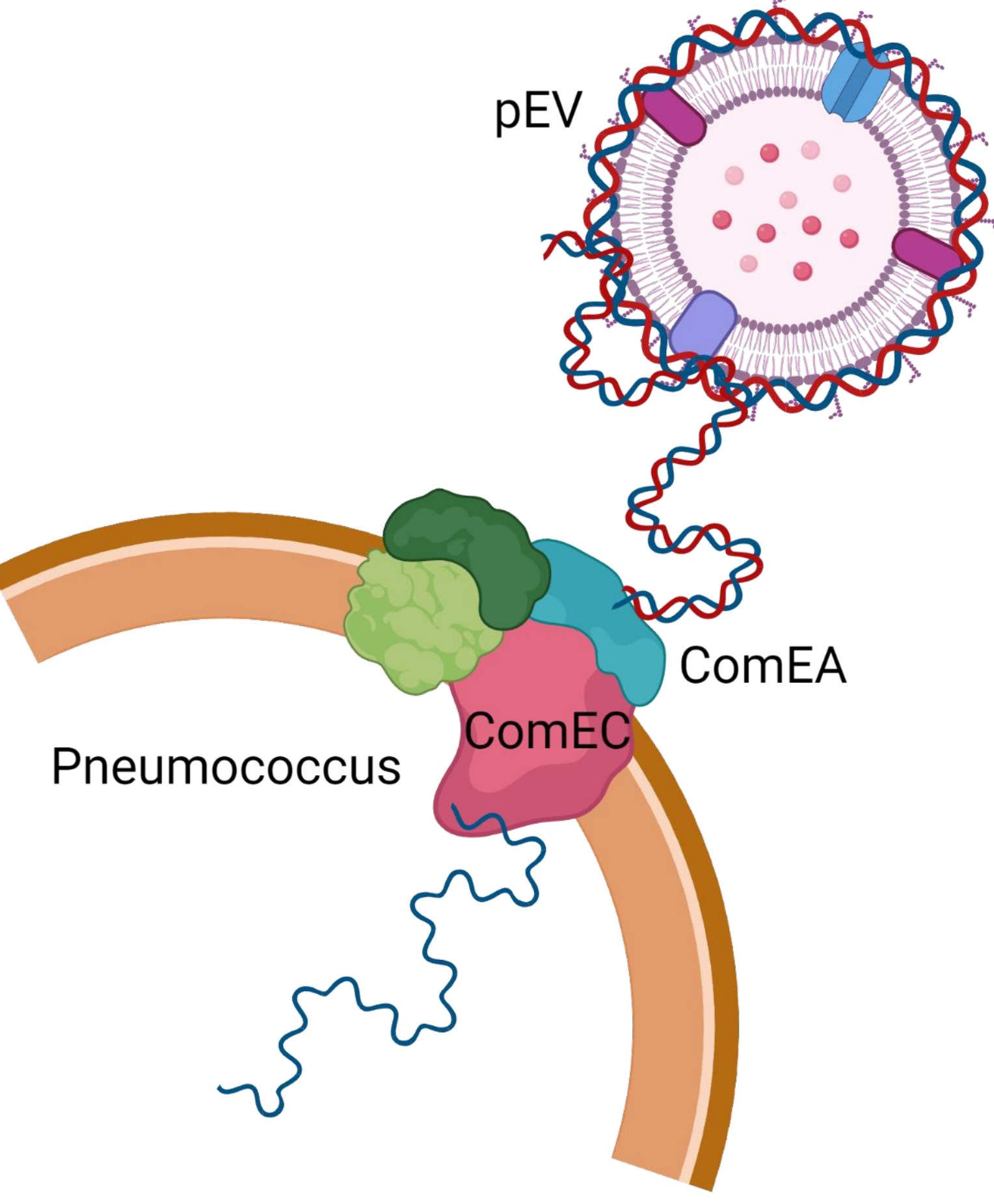Extracellular vesicles in Streptococcus species as potential drug candidate and hybrid nanoparticles
- 1 min– 
Recent studies showed that gram positive organism produces extracellular vesicles. Extracellular vesicles are membrane bound lipid bi-layer which are secreted by the bacteria. It is a good representative of what’s there in the cell environment. The extracellular vesicles have a great therapeutic and diagnostic importance.
Our objective: Our objective is to extensively study and add tagg several proteins on extracellular vesicles to understand how they stimulate the cells to produce a particular response and involve in quorum sensing. We also use several nucleic acid and protein quantification to understand the Extracellular vesicle contents.
Methods: Our research focuses on unlocking the potential of extracellular vesicles (EVs) as targeted therapeutic vehicles in combating pneumococcus infections.
Through meticulous investigation, we delve into the dynamic formation of EVs and their role in delivering therapeutic payloads to effectively target pneumococcus bacteria. Utilizing advanced techniques such as PicoGreen and RiboGreen assays, we isolate and quantify DNA and RNA on EV surfaces, ensuring their stability under diverse conditions. Furthermore, we employ cutting-edge gene modification techniques to attach luminescence and fluorescence reporters to pneumococcus strains, enabling real-time tracking of EV interactions.
By enhancing EV surfaces with peptides possessing high affinity to pneumococcus, we achieve precise targeting for therapeutic delivery. Additionally, we strategically tether linkers and adapters to further refine targeting capabilities. Our research evaluates the impact of modified EVs on pneumococcus competence and virulence, shedding light on promising therapeutic interventions. Through these endeavors, we pave the way for innovative approaches in infectious disease therapeutics, driving forward the frontier of EV-based treatments.